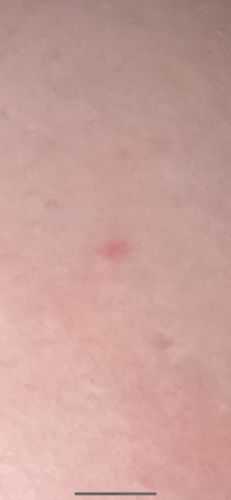Chigger
Scientific Name: Trombiculidae (family)
Order & Family: Order: Trombidiformes, Family: Trombiculidae
Size: Larvae (the parasitic stage) are extremely small, typically 0.2-0.4 mm in length, making them barely visible to the naked eye. Adults are larger, up to 1 mm, and are typically red.

Natural Habitat
Chiggers prefer humid, shaded areas with dense vegetation, such as tall grasses, weeds, wooded areas, berry patches, and around lakes and streams. They are also found in lawns and gardens, particularly where there is leaf litter or overgrown areas. They are common in temperate and tropical regions worldwide.
Diet & Feeding
Larval chiggers feed on skin cells of vertebrates (mammals, birds, reptiles, amphibians). Adult chiggers and nymphs feed on insect eggs and small arthropods.
Behavior Patterns
Chiggers are most active during the day, especially when temperatures are between 77 and 86°F (25 and 30°C). They crawl onto hosts (humans or animals) from vegetation. After attaching, they inject digestive enzymes that break down skin cells, which they then consume. They typically feed for a few days before dropping off. The itchy red welts appear hours after exposure and are a reaction to the chigger's saliva and the stylostome.
Risks & Benefits
Potential risks: Chigger bites cause intense itching, red welts, and may lead to secondary bacterial infections from scratching. While they do not transmit diseases in North America, some Asian species can transmit scrub typhus (Orientia tsutsugamushi). Potential benefits: As part of the food chain, they serve as prey for other small arthropods. Adult and nymph chiggers may help control populations of insect eggs and small arthropods.
Identified on: 9/4/2025